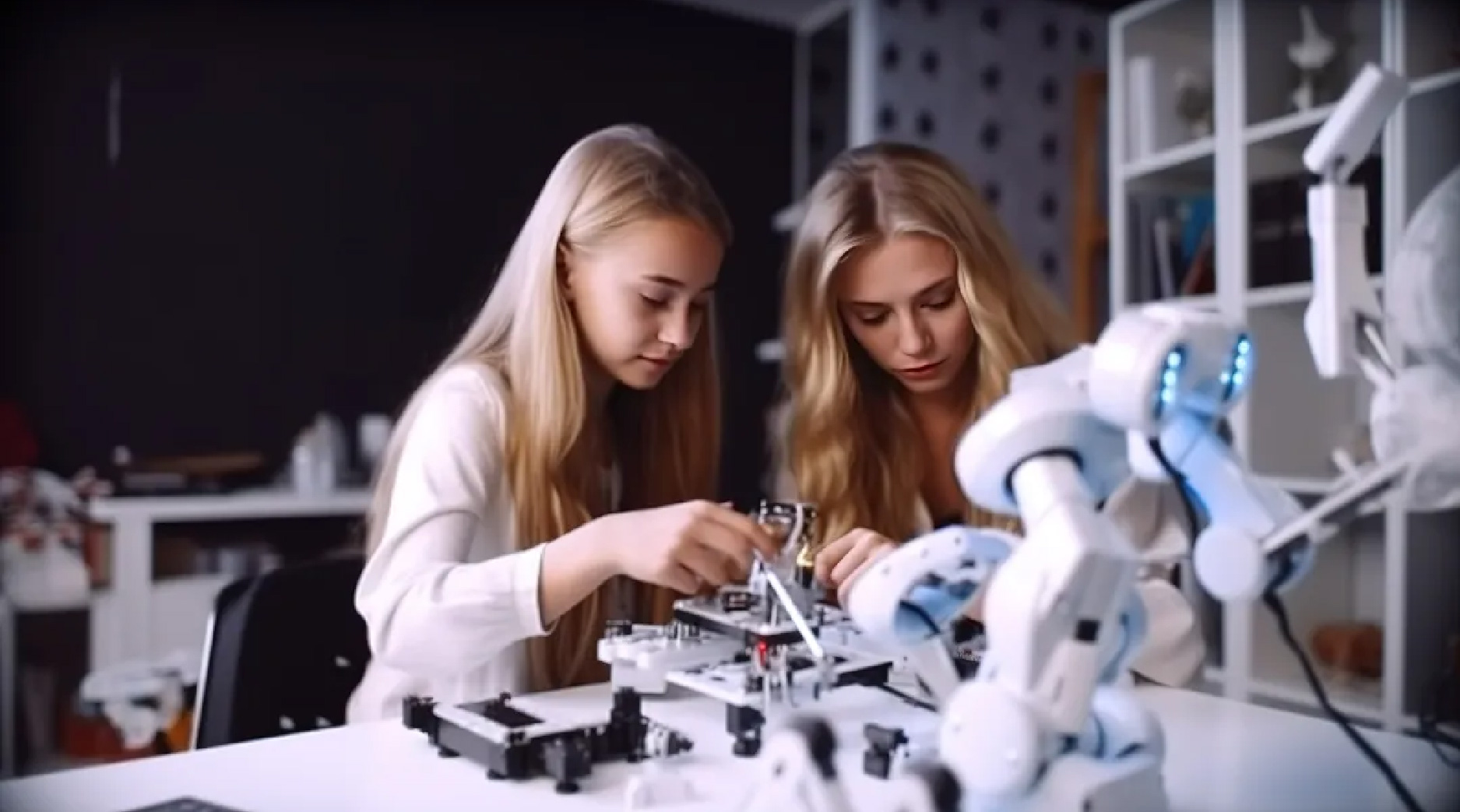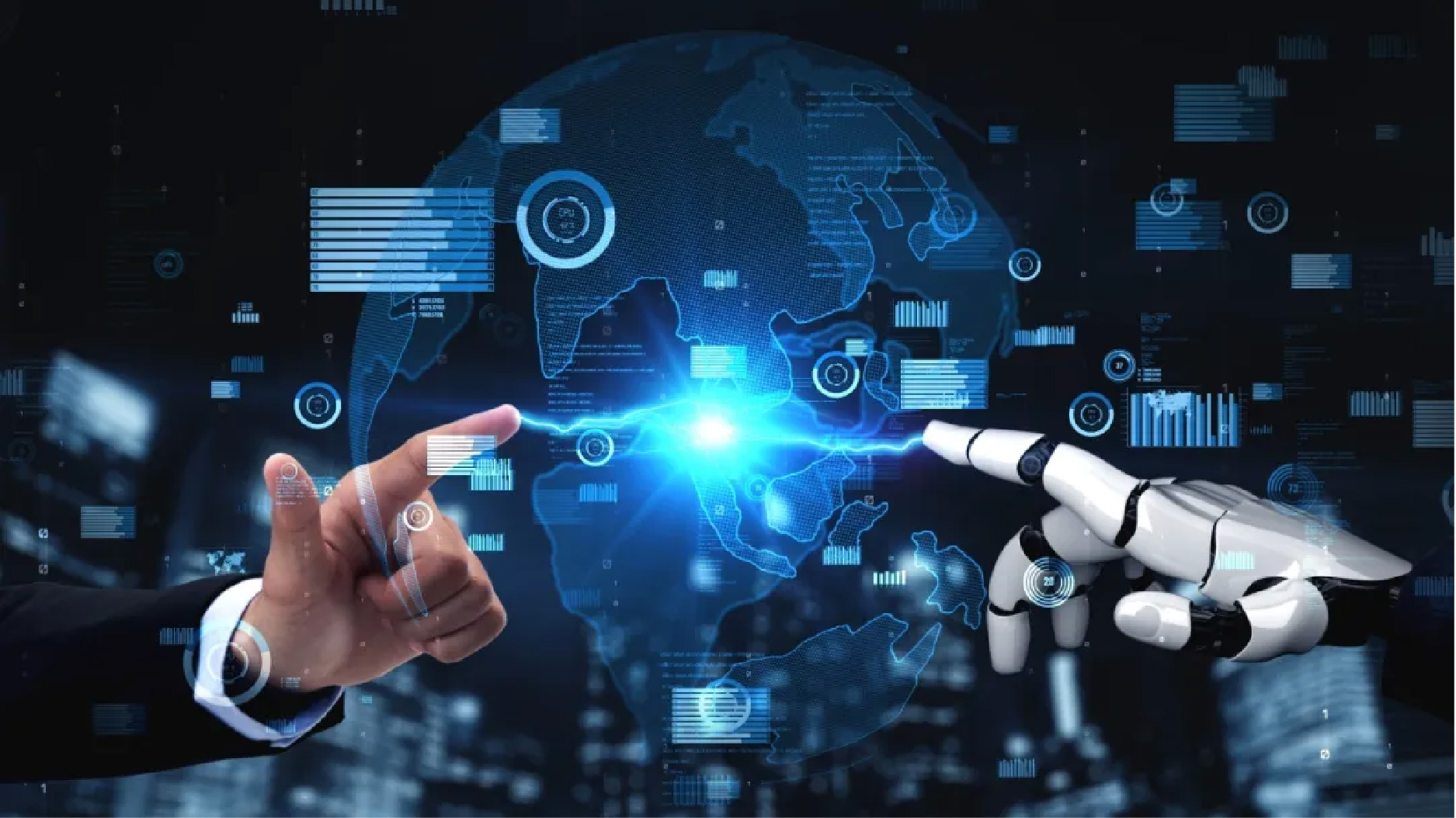Generative Artificial Intelligence (Gen AI) is now present in various aspects of the workplace. It is involved in tasks such as writing reports, planning marketing strategies, and generating code, thereby changing the way work is performed.
While we admire the efficiency advances enabled by Generative AI, a psychological shift is occurring silently. A recent interdisciplinary study conducted by the Intelligent Organization and Leadership Research Team at School of Management (ZJUSOM) - encompassing four experiments and 3,562 participants - has uncovered a significant concern underlying AI’s benefits: although Generative AI substantially enhances task performance, it may also act as a "silent killer" of intrinsic motivation. Specifically, when workers move from human-AI collaborative tasks (AI-assisted) to independent tasks (without AI), there is a noticeable decrease in intrinsic motivation and an increased sense of boredom - psychological effects in human-AI collaboration that have often been overlooked.
|
LIU Yukun | 刘玉坤 School of Management, Zhejiang University |
||
|
|
||
|
|
|
Academic Background: Distinguished Research Fellow, Department of Leadership and Organizational Management, Zhejiang University School of Management You can learn more about LIU Yukun’s academic background here |
|
WU Suqing | 吴苏青 School of Management, Zhejiang University |
||
|
|
||
|
|
|
Academic Background: Distinguished Associate Research Fellow, Department of Leadership and Organizational Management, Zhejiang University School of Management You can learn more about WU Suqing’s academic background here |
|
XIE Xiao-Yun | 谢小云 School of Management, Zhejiang University |
||
|
|
||
|
|
|
Academic Background: Professor, Department of Leadership and Organizational Management, ZJUSOM; Director, Lab of Intelligent Innovation and Management, Zhejiang University; Dean, School of Management You can learn more about XIE Xiao-Yun’s academic background here |
|
01 | How Powerful is AI’s “Efficiency Magic”? |
|
This research, published on April 29, 2025 in the peer-reviewed journal Scientific Reports, explores the “hidden costs” of human-AI collaboration through a series of online experiments, providing a critical human-centered perspective for enterprises using Gen AI. A practitioner-oriented article based on this study was released on the Harvard Business Review website (hbr.org) on May 13, 2025. |
To assess the impact of Gen AI on human work, the research team developed four types of common workplace tasks: creative content generation (text-based creation), professional document writing (analytical decision-making), brainstorming (strategic innovation), and analytical tasks (logical reasoning). These tasks included real-world scenarios such as drafting social media promotional posts, writing welcome emails for new colleagues, brainstorming for product improvements, and producing market strategy reports. Participants were randomly assigned to either the "AI collaboration group" (using ChatGPT for Task 1, then completing Task 2 independently) or the "independent group" (completing both tasks without AI). The study measured changes in performance (content quality, idea quantity) and psychological experience (sense of control, intrinsic motivation, boredom) across tasks between the two groups.

|
Image source: ©千库网 |
The study found that Gen AI assistance significantly improves the quality and efficiency of immediate tasks. For instance, in performance report writing, AI-assisted texts were longer, more analytical, and had a more friendly tone. In promotional content writing, AI-assisted Facebook posts received higher attractiveness ratings. However, when participants later performed non-AI-assisted creative tasks, their idea generation did not improve due to previous AI use, indicating that AI’s boost was limited to immediate tasks, without sustained performance gains in subsequent independent work.
|
02 | The “Stolen” Passion for Work |
Although Gen AI enhanced external performance across the four types of tasks, the outlook was less optimistic when it came to internal psychological experiences. Specifically, participants showed a significant drop in intrinsic motivation when switching from AI-assisted to independent tasks, whereas those who worked independently throughout showed a smaller decline. This decline was particularly pronounced in creative tasks, suggesting that Gen AI use may erode intrinsic motivation.
Additionally, the AI collaboration group reported a sharper increase in boredom after switching to independent tasks. One participant remarked, “After chatting with AI, coming up with marketing ideas on my own felt like going back to the ‘Stone Age’ — I had no motivation.” This implies that transitioning from AI-assisted to independent work leads to greater boredom compared to those who never used AI in the first place.

|
Image source: ©千库网 |
Furthermore, AI use can cause a roller-coaster effect on one’s sense of control. In the AI collaboration group, perceived control initially dropped during collaboration but rebounded and even surpassed that of the independent group once participants returned to solo tasks. This paradox reveals that while AI can diminish a worker’s sense of agency during collaboration, it can also make subsequent independent work feel more autonomous. Still, during this up-and-down process, workers may gradually lose passion and interest in the task itself.
|
03 | Why Does AI Weaken Our Intrinsic Motivation? |
Why might AI cause people to lose enthusiasm for their work? The research team offers two possible explanations.
First, the “hollowing out” of cognitive demand. When AI takes over the most cognitively challenging parts of a task - such as the analytical framework for a performance report or the initial concept for a creative task - people may lose their sense of accomplishment. Existing research shows that the human brain thrives on cognitive challenges, which are a key driver of intrinsic motivation. When AI handles the “brainy” parts and humans are left with mechanical execution, the job becomes “fill-in-the-blanks,” potentially leading to psychological detachment and a loss of motivation.

|
Image source: ©千库网 |
Second, from the perspective of Self-Determination Theory, unmet needs. According to this theory, intrinsic motivation relies on three core needs: autonomy, competence, and relatedness - with autonomy being key. When AI-generated content is used without the opportunity for employees to modify or personalize it, they may feel that the output “isn’t truly theirs,” and that their opinions are neither respected nor represented. This erosion of autonomy significantly reduces subjective initiative and engagement, making it difficult to feel satisfaction or achievement, thereby dampening passion and drive.
|
04 | How Can Companies Build an “AI-friendly” Work Ecosystem? |
To help companies boost efficiency with AI while preserving employees’ intrinsic motivation, the research team proposes five practical strategies for achieving harmonious human-AI coexistence in the workplace.

|
Image source: ©千库网 |
Build a hybrid collaboration model: Let AI act as a “scaffold,” not a “ceiling.” Assign AI the roles of framework generation and data integration, while humans focus on personalization and emotional input. For example, use AI to generate performance report templates, and let managers add individual feedback; or have AI draft marketing emails, and employees add personal greetings. By retaining human-only segments in AI-assisted tasks, efficiency is improved while preserving a sense of human value and irreplaceability.
Companies must distinguish between product innovation (developing new functionalities and market solutions) and process innovation (enhancing production efficiency). Both are critical, but they serve different strategic goals.
Redesign tasks: Use autonomy and creativity to offset AI’s psychological deprivation. After AI completes a task, assign employees high-autonomy or high-creativity tasks to activate the brain’s reward system. For example, after AI helps write an email, let the employee design a “customer follow-up strategy.” This allows them to maintain or regain a sense of autonomy and accomplishment, reigniting creativity and initiative.

|
Image source: ©千库网 |
Make human-AI collaboration transparent: Redefine the division of labor. Clearly communicate that AI is assisting — not replacing — employees. This reduces fear and misunderstanding while enhancing engagement and responsibility. When employees view AI as a powerful tool rather than a threat, they are more likely to contribute creatively and use their expertise. Transparent communication helps employees recognize their own value and sustain a sense of ownership and achievement.
Design dynamic task rotation: Alternate AI-assisted and independent tasks to maintain productivity and engagement. Avoid clustering similar tasks; instead, start the day with cognitively demanding independent work and follow with AI-assisted tasks for efficiency. For example, begin with strategy development and end with AI-assisted editing. This keeps the brain stimulated while ensuring quality output. Such rotation balances psychological needs and work efficiency while reducing fatigue and boredom from monotonous tasks.
Develop AI literacy training: Shift from “dependence” to “mastery.” To avoid over-reliance on AI, organizations can train employees to use Gen AI critically and effectively. This includes prompt-writing workshops, critical evaluation of AI-generated content, and scenario-based exercises highlighting when human judgment is necessary. Such training helps employees understand how AI supports their work and reinforces the value of their own skills, fostering autonomy, creativity, and long-term growth.
|
05 | The Future of Work Lies Not in What AI Can Do — But in What Humans Want to Create With AI |
When discussing the impact of AI on work, the question becomes: What is the unique value of human contribution? This study suggests that the efficiency-driven logic of the workplace may require reconsideration, as the user-friendliness of technology might be more significant than its speed. Ultimately, AI’s value lies not in replacing humans, but in enhancing work that humans are willing to engage with.
Whether as an organization or an individual, beware of relying too much on AI, which can make tasks seem unappealing without it. It’s important to uphold human value that AI cannot replicate. This study highlights that tasks involving emotional connection and complex cognition are uniquely suited to humans and preserve intrinsic motivation.

|
Image source: ©千库网 |
As digital transformation progresses, companies should embrace human-centered changes. Some are already integrating AI as junior analysts, allowing human consultants to build client relationships and innovate strategically, which helps reduce turnover. In creative roles, a cycle where AI generates ideas and humans refine them enhances output while keeping human decision-making enjoyable.
The study indicates that future work environments should be structured with AI managing repetitive and monotonous tasks, while humans concentrate on the distinctive and creative elements. It is in these areas that we discern moments of inspiration, emotional connection, and genuine passion for our work. This may represent the prevailing work philosophy in the era of AI.
- You can read the original article in Chinese here
- Harvard Business Review article here